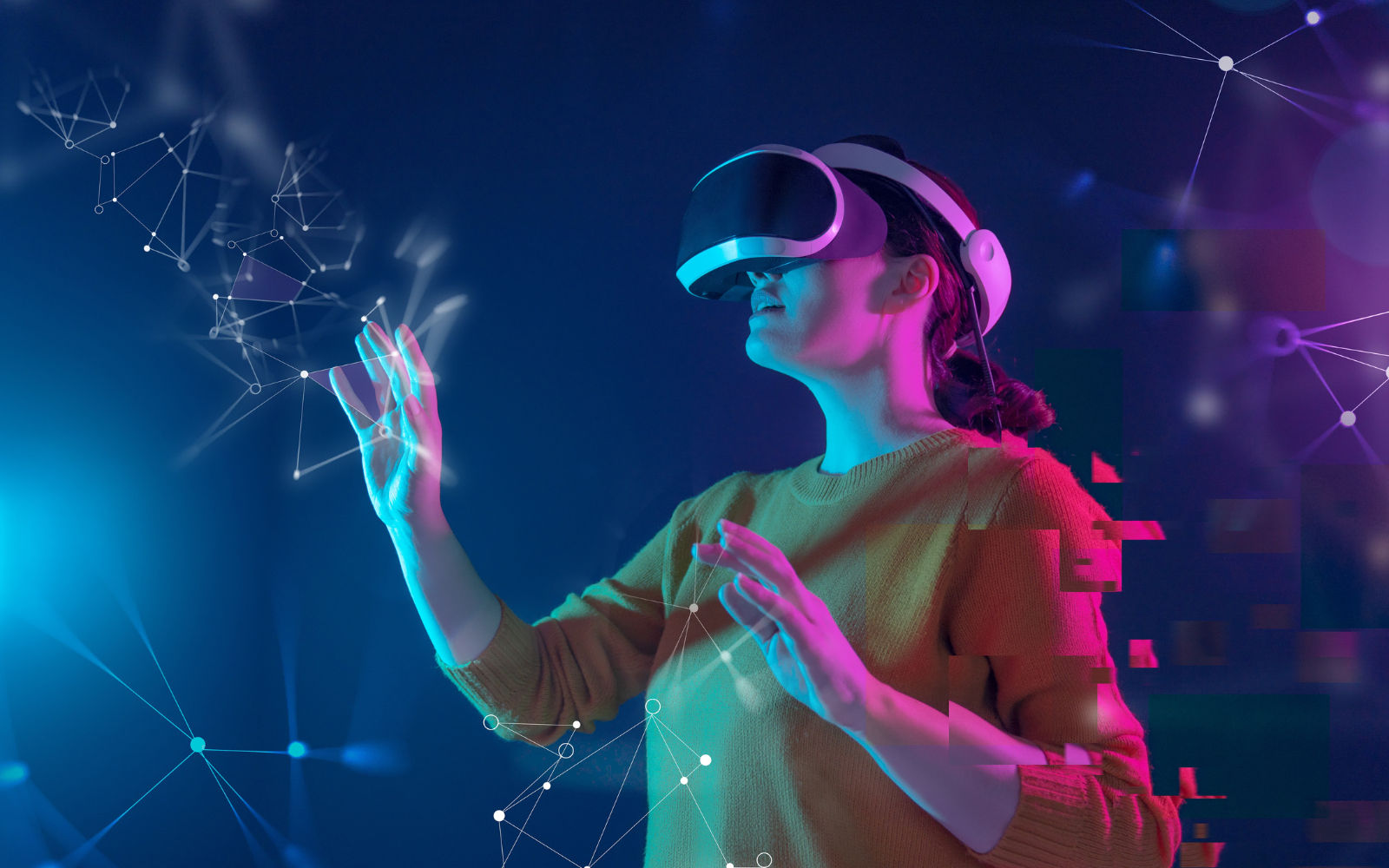What is the Metaverse?
There’s much discussion regarding the metaverse these days. Businesses are preemptively claiming virtual land within it for use as part of customer engagement strategies or training efforts.
Epic Games CEO Tim Sweeney sees it as an interoperable physical Internet. Brands should start building teams to explore this emerging territory now.
Artificial Intelligence
Artificial Intelligence lies at the core of all seven technology layers that comprise our metaverse. From powering spatial computing to creating new forms of storytelling, AI will continue to shape digital worlds in which we live today.
AI can create an immersive virtual environment by producing and optimizing content at scale, tracking user movements and voice inflection to deliver a customized user experience, protecting privacy by only sharing data with authorized parties, and safeguarding user data security.
AI can assist with multilingual accessibility in the metaverse by using natural language processing to break apart words, interpret them, and translate the results to desired languages in real time.
Furthermore, it can enable synthetic voices to help overcome communication barriers for people with disabilities and enable people from different countries to freely interact and communicate within the metaverse, creating a more engaging and inclusive experience for all involved.
Augmented Reality
While the metaverse has gained immense popularity as a virtual platform for collaborations, it still faces several hurdles and hurdles. Chief among these is lack of high-quality VR equipment – though this should change with new innovations and solutions emerging.
Augmented reality (AR) is one such breakthrough technology, often misinterpreted as an dystopian digital universe, but with AR we may finally break down barriers between reality and virtuality – IKEA uses AR technology in their app so users can see what furniture will look like before making purchases.
Augmented reality can also enhance gaming experiences through gaming applications like Pokemon GO. By placing virtual characters into real environments, this technology offers gamers a more engaging game. Furthermore, this technology helps reduce costs by eliminating expensive hardware and software investments; further increasing accessibility by permitting users to enter metaverse without wearing headsets.
Virtual Reality
As computing power, graphics rendering, and core processing technologies advance, virtual worlds can now be created on an unprecedented scale. 5G networks also make accessing these worlds faster and simpler through mobile phones.
Gaming and entertainment have long been at the forefront of metaverse development, with platforms like Second Life and MMORPGs creating shared virtual environments in which consumers can interact. Many companies are already leveraging metaverse technology to provide immersive experiences for both their customers and employees.
Walmart uses virtual reality (VR) training simulations of real-life scenarios like Black Friday rushes or customer service situations to train their employees, while real estate company Zillow offers virtual home tours to potential buyers.
At present, businesses looking to break into the metaverse should create internal teams. These may include innovation teams who specialize in AR/VR development or rising leaders who understand crypto technologies well.
Mixed Reality
Mixed reality (MR), an advanced form of metaverse experience, uses complex image processing algorithms and headgear to seamlessly merge digital content with real-world environments. A person wearing a headset can navigate their digital space simply by moving their head. Haptic gloves enable interaction with virtual objects.
MR could play a critical role in the metaverse’s success by allowing people to see the world as they normally would while also adding digital elements. This technology could prove particularly helpful in industrial applications, such as helping new employees navigate manufacturing facilities or simulating meetings with remote clients.
Many of the technologies that comprise the metaverse are already being applied in business environments. Companies use virtual reality (VR) to improve remote work collaboration by offering virtual meeting spaces where employees and stakeholders can connect virtually. Tech industries use AR for creating immersive digital data overlay experiences within physical spaces.




